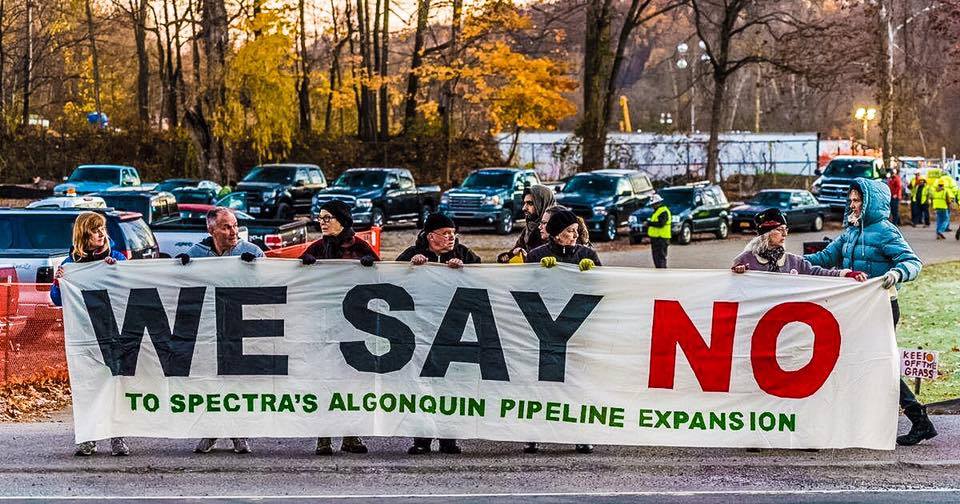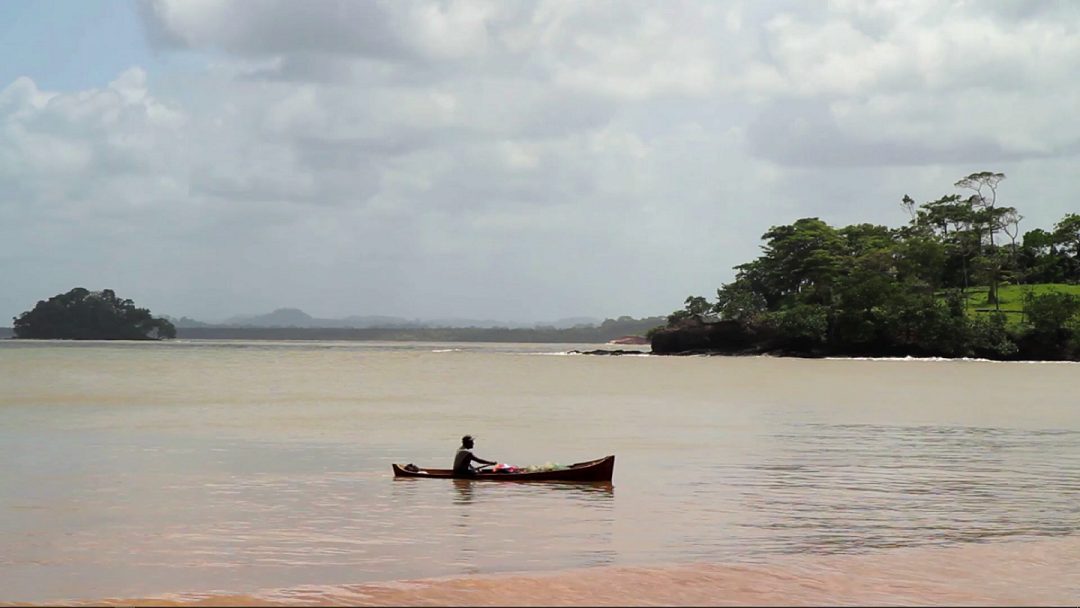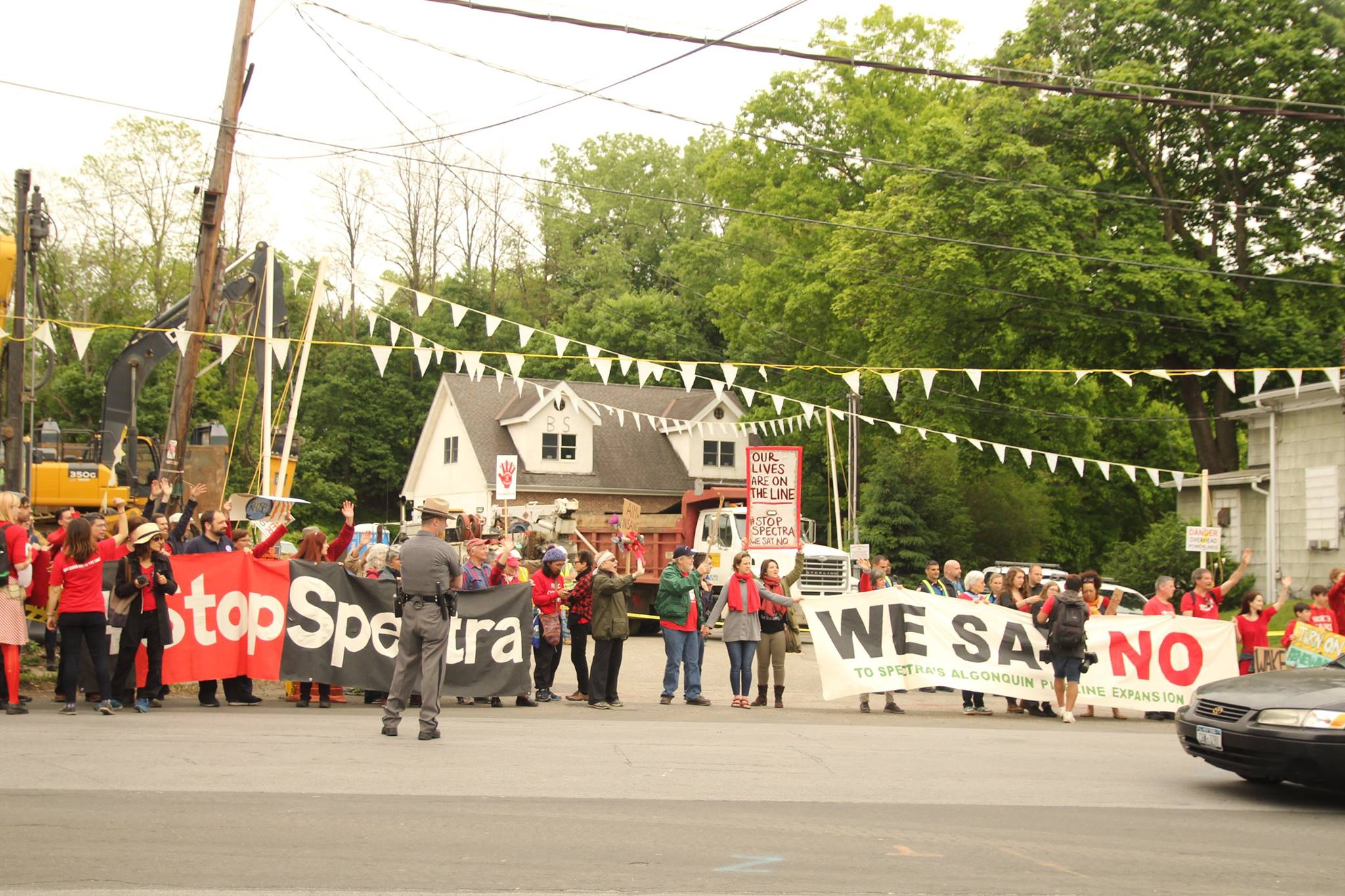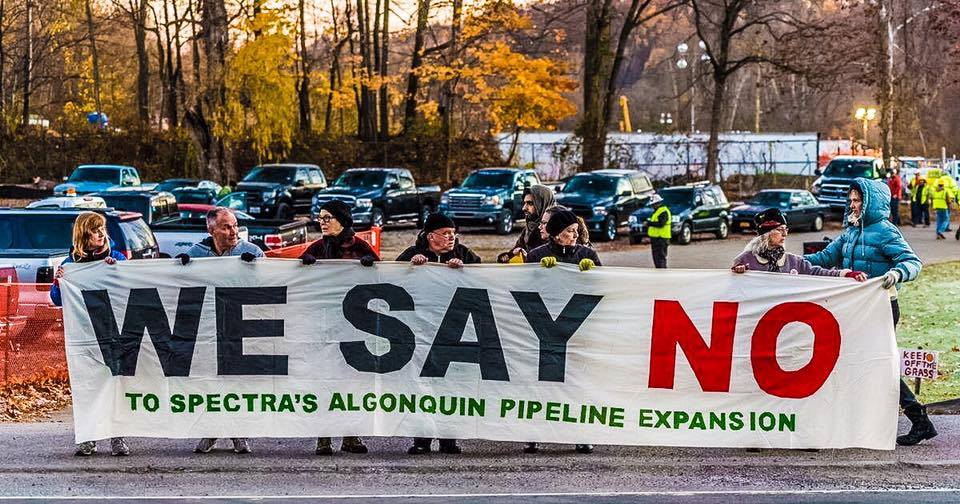
by Deep Green Resistance News Service | Aug 8, 2016 | Indigenous Autonomy
Featured image: On the eve of the Rio Olympics, Brazil has blocked a dam which would have destroyed forest of the Munduruku tribe © Maíra Irigaray/Amazon Watch
By Survival International
As the Rio Olympics kick off, Brazil has blocked the construction of a controversial dam in the heart of the Amazon rainforest.
The São Luiz dam, planned for the Tapajós river, threatened to flood the Munduruku Indians’ forest and force many off their land.
The Munduruku, like all indigenous peoples, depend on their land for their survival, but industrialized society is trying to steal it and plunder its resources in the name of “progress” and “civilization.” The Munduruku have been firmly opposing the São Luiz dam, and dozens of others planned for the region.
The dam’s environmental licence was shelved this week following the Munduruku’s resistance, pressure from public prosecutors and experts on the ground, and reports by Brazil’s Indigenous Affairs Department and Environment Ministry.
Alongside their struggle to stop the dams, the Munduruku have embarked on a landmark mission to map out their ancestral territory and protect it from illegal miners and loggers. The Brazilian government has failed to uphold its constitutional duty to do this, leaving the land open to destruction.
Munduruku leader Suberanino Saw said, “Our struggle is dangerous, but we know we will win.”

The Munduruku Indians have been firmly protesting a series of dams on the Tapajós river. © Maíra Irigaray/Amazon Watch
Tribal peoples are the best conservationists and guardians of the natural world.
Together with tribes across Brazil, the Munduruku are also protesting plans to change the law and drastically weaken indigenous peoples’ land rights. One of these plans, known as “PEC 215,” would give anti-Indian landowners and others the chance to block the recognition of new indigenous territories – and it might even enable them to break up existing ones.
Survival’s “Stop Brazil’s Genocide” campaign, launched in April 2016 for the run-up to the Olympics, is galvanizing global support for the Indians’ resistance against PEC 215, and calling for the protection of the land of uncontacted tribes, the most vulnerable peoples on the planet.

by Deep Green Resistance News Service | Aug 6, 2016 | Biodiversity & Habitat Destruction, Education, Lobbying

by Deep Green Resistance News Service | Aug 3, 2016 | Lobbying
By ResistAIM
On Friday, July 29th, a coalition of 21 plaintiffs including local groups Riverkeeper, Sierra Club Lower Hudson, Food & Water Watch NY, Stop the Algonquin Pipeline Expansion (SAPE), and Reynolds Hill, Inc. filed a brief in the U.S. Court of Appeals for the District of Columbia seeking to overturn the Federal Energy Regulatory Commission’s (FERC) March 2015 approval of Spectra Energy’s Algonquin Incremental Markets (AIM) pipeline project. Although many state and local officials, including Governor Andrew Cuomo, both New York Senators and Representatives Nita Lowey and Eliot Engle have come out against the pipeline, so far construction is still moving forward.
The coalition’s brief addresses some of the points they had raised in their Rehearing Request that FERC rejected in January 2016. First it argues that the Commission improperly segmented the Algonquin pipeline expansion by dividing it into three different projects to avoid having to address its full environmental impact. As one Spectra official told an industry journal “you end up with a lot less potential opposition if you do that.” The AIM project is the first of three expansion Spectra plans for the Algonquin pipeline. The other two, Atlantic Bridge and Access Northeast, continue precisely where Aim leaves off to create a greatly enlarged path for fracked gas from Pennsylvania to Canadian export terminals.
Approximately 2,159 feet of the AIM pipeline will run through property that is part of the Indian Point nuclear power plant. The brief challenges the approval of installing the pipeline a little over 100 feet from critical safety structures at the Indian Point. It notes that the Commission relied on findings by Entergy Nuclear Operations, the company that operates Indian Point, and the Nuclear Regulatory Commission (NRC), neither of which have expertise in pipeline safety. Entergy and the NRC had concluded that the AIM Project would not impact safety at Indian Point, a conclusion challenged by both elected officials and independent nuclear and pipeline safety experts.
Lastly the brief argues FERC violated its own regulations by relying on a third-party contractor that had a financial interest in the construction of the AIM Project. FERC relies on third-party contractors to prepare the Environmental Impact Statements required for approving projects. Those contractors are identified by and paid for by the project applicant – in this case Spectra. To avoid conflicts of interest, potential third-party contractors must complete and submit an Organizational Conflict of Interest statement. No such statement has been found in the AIM record however. An investigation has also revealed that NRG, the third-party contractor that prepared the Environmental Impact Statement for AIM, was working for Spectra on another related project at the same time in an apparent violation of FERC regulations.
Nancy Vann, whose property is being taken by eminent domain for the AIM project, said “FERC has only rejected one pipeline project in its entire 40 year history. It’s shameful that the public must take a government agency to court in order to make it do its job. I’m so grateful for the determination of Riverkeeper, SAPE, Food & Water Watch and all of the other coalition members who have persisted in asserting these important issues and I’m looking forward to getting our day in court.”

by Deep Green Resistance News Service | Jul 16, 2016 | Indigenous Autonomy
By Intercontinental Cry
The Southern Autonomous Region of Nicaragua is home to nine indigenous and afro-descendant communities represented by the Rama-Kriol Territorial Government.
On May 3, 2016 Rama-Kriol Territorial President Hector Thomas signed an agreement with the Nicaraguan Canal Development Commission giving consent for the indefinite lease of 173km of communal land to develop the canal.
Communal representatives have denounced this action, claiming they have not been consulted and have not seen the terms of the agreement, which would remove several communities from their ancestral land.
According to international law (ILO Convenant 169 & The UN Declaration for the Rights of Indigenous Peoples) the government must obtain the free, prior and informed consent of the communities to use their land.
Over the past month, community members have given documented testimony and are organizing a formal legal appeal against this illegal land concession.
This short film documents this series of events and the response of the communities.
Donate to Intercontinental Cry to support indigenous media like this film.

by Deep Green Resistance News Service | Jun 29, 2016 | Obstruction & Occupation
Nine community members arrested for blocking construction on Spectra Energy’s AIM pipeline expansion – known as the “Montrose 9″ – join the national debate over harms caused by fossil fuel infrastructure
By ResistAIM
Cortlandt, NY — The “Montrose 9” are nine community members arrested for disorderly conduct for allegedly blocking traffic near the access to a Spectra Energy construction yard used for the expansion of a high-pressure fracked-gas pipeline known as the AIM pipeline. Their trial has the potential to become a landmark case with national implications involving the “necessity defense.” Defense counsel Martin R. Stolar is a prominent social justice attorney who argues that the defendants’ actions were justified since they were undertaken to stop a greater harm and were carried out only after all other legal and regulatory options had been exhausted. Court adjourned until July 15th at 1pm, when the other seven defendants are expected to testify regarding their reasons for taking direct action against the project.
While the necessity defense has been used in other types of cases, it is unusual in environmental litigation. One case occurred in May 2013 in Massachusetts when a small lobster boat managed to blockade a barge containing 40,000 tons of coal near the Brayton Point Power Plant. The charges of obstruction were dismissed and the presiding judge stated that the actions were morally justified. In a recent Seattle case, the “Delta 5” were found guilty of trespass for blocking an oil train but not guilty of obstruction. Jurors in that case cited sympathy for the activists and feeling of gratitude for their personal sacrifice for the good of all.
In questioning the prosecution’s police witnesses, Mr. Stolar also suggested a more traditional reason to dismiss the charges. He established that the defendants were not, in fact, causing the traffic jam on Route 9A as was charged. Rather, the Spectra workers caused the tie up when they obstructed the roadway with their cars. Police testified that once they began directing the workers to move, the congestion began to clear up even before the arrests took place. When asked how he determined that the cars belonged to pipeline workers, one officer replied that “there were a lot of out of state license plates.”

The greater harm to be prevented:
Defense witnesses, Cortlandt Councilman Seth Freach and two nuclear experts, testified to the dangers posed by the AIM pipeline. Councilman Freach discussed his own, and the Town Board’s, concerns about public health and safety and described letters that were sent to the Federal Energy Regulatory Commission (FERC) and other regulatory agencies expressing those concerns. Among the materials Cortlandt submitted to FERC was a report from an independent study that the Town had commissioned. Councilman Freach noted that, based on the Board’s thorough evaluation of the project, members had voted unanimously in opposition to the pipeline.
Paul Blanch, an engineer with over 50 years of nuclear experience, stated that there were “very significant unaccounted for risks” with the AIM pipeline and “an unacceptable probability” of a serious or catastrophic accident due to the pipeline’s close proximity to the Indian Point nuclear power plant. He also provided details of his efforts opposing the pipeline at the Nuclear Regulatory Commission and the Department of Transportation’s (DOT) Pipeline and Hazardous Materials Safety Administration.
Physicist Paul Moskowitz described the radioactive materials, including lead 210 and polonium 210, that result from decay of the radon in fracked gas. He went on to discuss regulatory filings he’d submitted detailing his concerns about radioactive emissions from the AIM pipeline and their impacts on human health. He testified that FERC’s response to his concerns were “a total fabrication” that “ignored over 50 years of established science.” When asked about what process would be used to deal with these dangerous substances, he responded that since FERC denies the existence of those known radioactive materials in pipelines there is no process in place for dealing with them.
Two defendants explain their actions:
Only two of the Montrose 9 defendants were able to testify before court concluded for the day. Both told their own individual stories of why they had stepped up to protest in such a compelling way. Although members of the community have been working through regulatory channels, their efforts have been met with delays and legal maneuvers, leaving them no recourse but to pursue more direct actions.
Linda Snider testified that since all of the regulatory agencies had ignored the issues, she felt she needed to stop AIM construction herself. She stated, “I wanted to stop the Spectra trucks and stop them from putting in this pipeline. We’ve just got to stop this.”
Defendant Susan Rutman, a landscape photographer who lives next to the Hudson River, was the final witness for the day. She explained she had sought to stop the work through writing to officials. “My intention was to stop the pipeline, because I knew it would prevent a far greater harm.” she said.
Find out more information about the AIM Pipeline and ongoing resistance here:
Online: www.resistaim.wordpress.com
On Facebook: www.facebook.com/resistaim
On Twitter: https://twitter.com/ResistAIM







